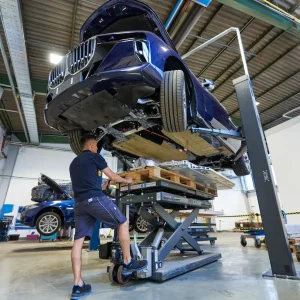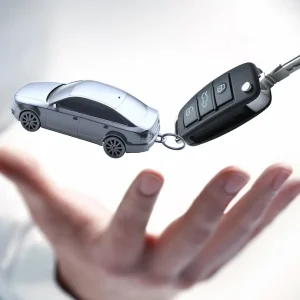Higher road tax, rising fuel bills, slowing economy – is it any wonder used buyers at auction want cars with low carbon emissions
It will come as no surprise to anyone involved in used cars that the combination of rising fuel prices, the threat of increased Vehicle Excise Duty and the economic downturn has dampened motorists’ enthusiasm for bigger, thirstier cars.
The flipside of this, of course, is that demand for low emission cars is correspondingly high.
In fact, as Simon Henstock, BCA’s UK operations director, says: “Any fleet operator with a good supply of smaller, more economical cars to bring to the remarketing arena really has struck gold in the current marketplace.”
Henstock continues: “Average values for smaller budget models from fleet and lease sources actually rose in July to £2937 (up by £180 month-on-month). Values here remain comparatively strong, providing further impetus to the notion that motorists are seeking to downsize as economic conditions tighten. This was also the only part of the fleet and lease sector that saw actual selling prices rise against last month, up from 88% to 89.6% of CAP Clean book value.”
It’s a similar story at Manheim, which states that while there have been many reports of downward pressure on values in the fleet sector, market conditions appear to be having a lesser effect on cars with a CO2 output of less than 121g/km. Research conducted by the company suggests the value of such cars appears to have fallen at a rate lower than the wider market.
Managing director Mike Pilkington says: “The value of cars that fall into the lower VED bandings actually increased during June and July, whilst that of cars which attract higher rates of duty fell in the same periods. It would appear that demand for cars with the lowest emissions ratings has held relatively firm driven by interest from increasingly cost-conscious motorists.”
The company goes on to say that as well as a slower fall in values, a greater proportion of cars in the lowest bandings sold at the first entry, the difference being as high as 10% between cars attracting band B and band F VED.
“It is interesting that between April and August, the number of cars sold at the first entry fell as the rate of duty increases,” says Pilkington. “It will be interesting to see if proposed changes in VED for 2009 will have an even greater impact on the value of low- and high-emitting cars.”
Popular motors
According to BCA the sub-121g/km sector is largely populated by superminis and the latest generation of hatchbacks that have long been popular in the used market, and with so much good product around from the manufacturers, it is hard to go wrong in this sector.
“For drivers on a budget they represent good value motoring that is practical around town, yet still comfortable for longer motorway runs,” says BCA’s Henstock. “A perennial favourite as the second family car and usually first choice for younger drivers who enjoy the cheaper insurance premiums, the lure of a year’s VED for just £35 – compared to a minimum of £120 for cars above 120g/km – is likely to widen the audience even further.”





